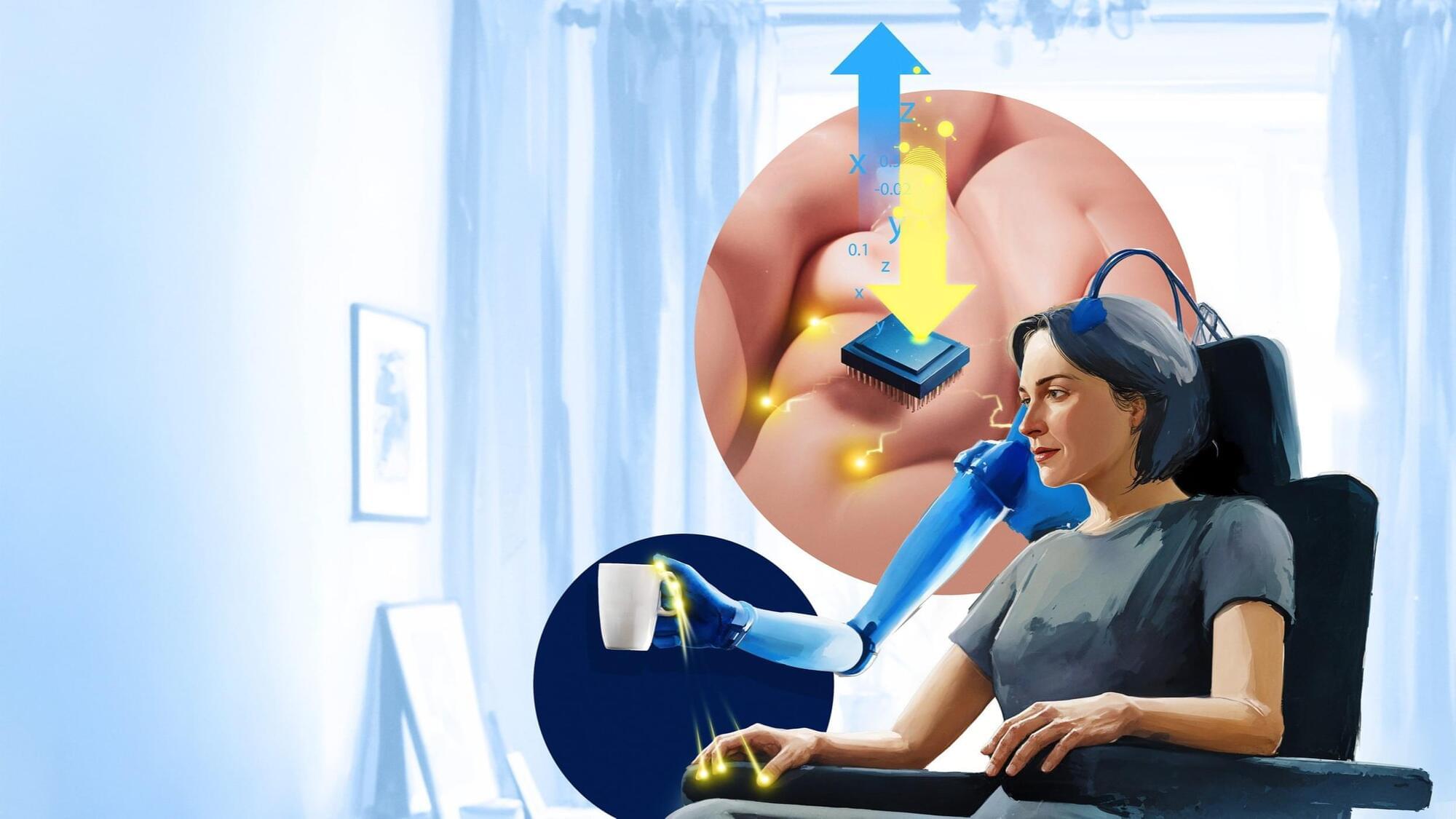Scientists have built a new type of robotic insect that can fly 100 times longer than previous generations.
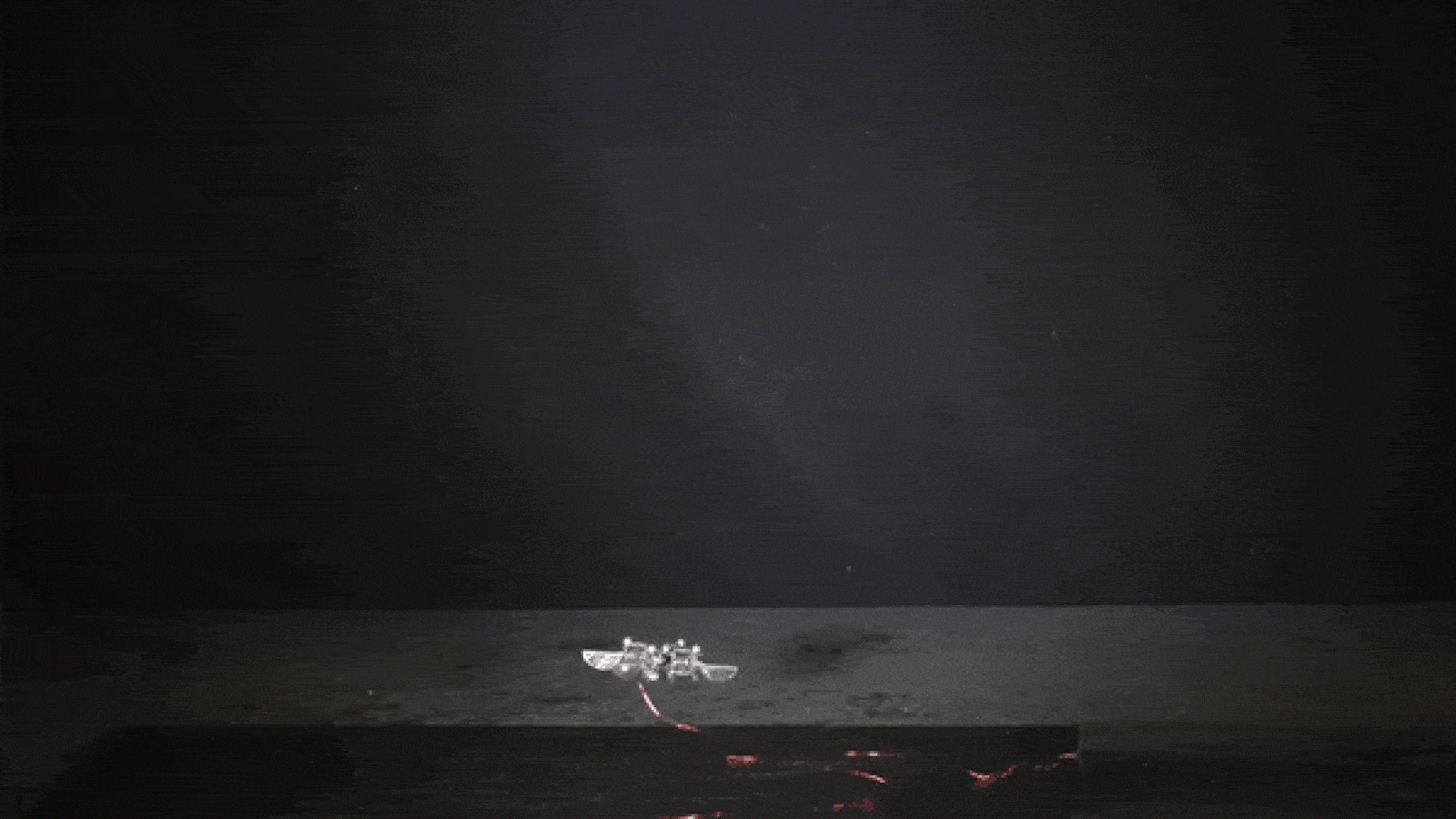

The latest AI News. Learn about LLMs, Gen AI and get ready for the rollout of AGI. Wes Roth covers the latest happenings in the world of OpenAI, Google, Anthropic, NVIDIA and Open Source AI.
My Links 🔗
➡️ Subscribe: ➡️ Twitter: https://twitter.com/WesRothMoney ➡️ AI Newsletter: https://natural20.beehiiv.com/subscribe #ai #openai #llm.
➡️ Twitter: https://twitter.com/WesRothMoney.
➡️ AI Newsletter: https://natural20.beehiiv.com/subscribe.
#ai #openai #llm
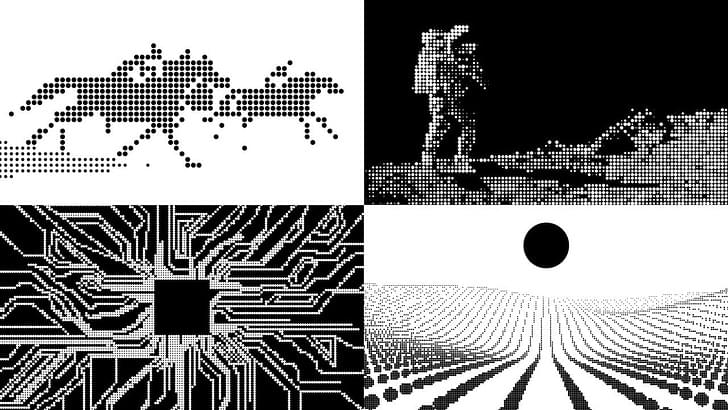
In today’s AI news, the OpenAI commercial, developed under new CMO Kate Rouch, deliberately avoids mentioning AGI or superintelligence, which are at the core of OpenAI’s mission. “We want the message to feel relevant to the audience that is watching the Super Bowl, which includes tens of millions of people who have no familiarity with AI,” Rouch said.
S $254-billion software industry by 45% over the next five years, according to a survey by consulting firm EY India. This boost will come through the dual effect of the IT industry integrating elements of GenAI and client projects move from concept to production. + Then, the French government plans Monday to pledge a gigawatt of nuclear power for a new artificial-intelligence computing project expected to cost tens of billions of dollars. France is making a bid to catch up in the artificial intelligence race by leaning on one of its strengths: plentiful nuclear power.
And, Canadian investment firm Brookfield plans to invest €20 billion by 2030 in artificial intelligence projects in France (around $20.7 billion at current exchange rates), according to a report from La Tribune Dimanche confirmed by news agency AFP. The majority of the sum will be used to build AI-focused data centers.
In videos, we join Adrian Locher, Merantix Capital, Wei Li, BlackRock, Scott Sandell, NEA, Rob Heyvaert, Motive Partners, and Guru Chahal, Lightspeed Venture Partners, discussing how to identify the next category-defining opportunities in AI across venture capital, private equity, and beyond?
Is what happens when millions of people get access to a transformational general purpose technology such as artificial intelligence, enabling superpowers that benefit both individuals and society.” + Then, check out the cutting-edge world of “hackbots”—AI agents designed to autonomously hack websites. Joseph Thacker, Principal AI Engineer at AppOmni as well as a security researcher who specializes in application security and AI, discusses the basics of hackbots, the current landscape of the technology, and its potential future implications.
S impact on cybersecurity roles, from automating tasks to creating new opportunities. + Thats all for today, but AI is moving fast — like, comment, and subscribe for more AI news! Please vote for me in the Entrepreneur of Impact Competition today! Thank you for supporting my partners and I — it’s how I keep Neural News Network free.
[](https://open.substack.com/pub/remunerationlabs/p/inside-open…are=false)
The integration of artificial intelligence (AI) into network monitoring enhances availability and performance. Here are options for you.
Discover why AI network monitoring is essential for managing complex network interconnections efficiently with real life examples.
When cancer is detected earlier, it can improve outcomes for patients. Liquid biopsies are one way to improve cancer detection; these tests can analyze DNA in blood samples, which can reveal the presence of tumors because of circulating tumor DNA (ctDNA). Usually, genetic sequencing is used to assess this DNA, but that usually only identifies some types of cancers. Scientists have now created a new blood test called TriOx, which can analyze ctDNA in multiple ways and detect six types of cancer. The work has been reported in Nature Communications.
Usually, the analysis of ctDNA only focuses on one feature of the genome such as small variations in the DNA sequence that can reveal cancer, but TriOx uses an advanced tool called whole-genome TAPS (TET-Assisted Pyridine Borane Sequencing), which was combined with machine learning. This technique can analyze genetic as well as epigenetic features of DNA, like methylation.
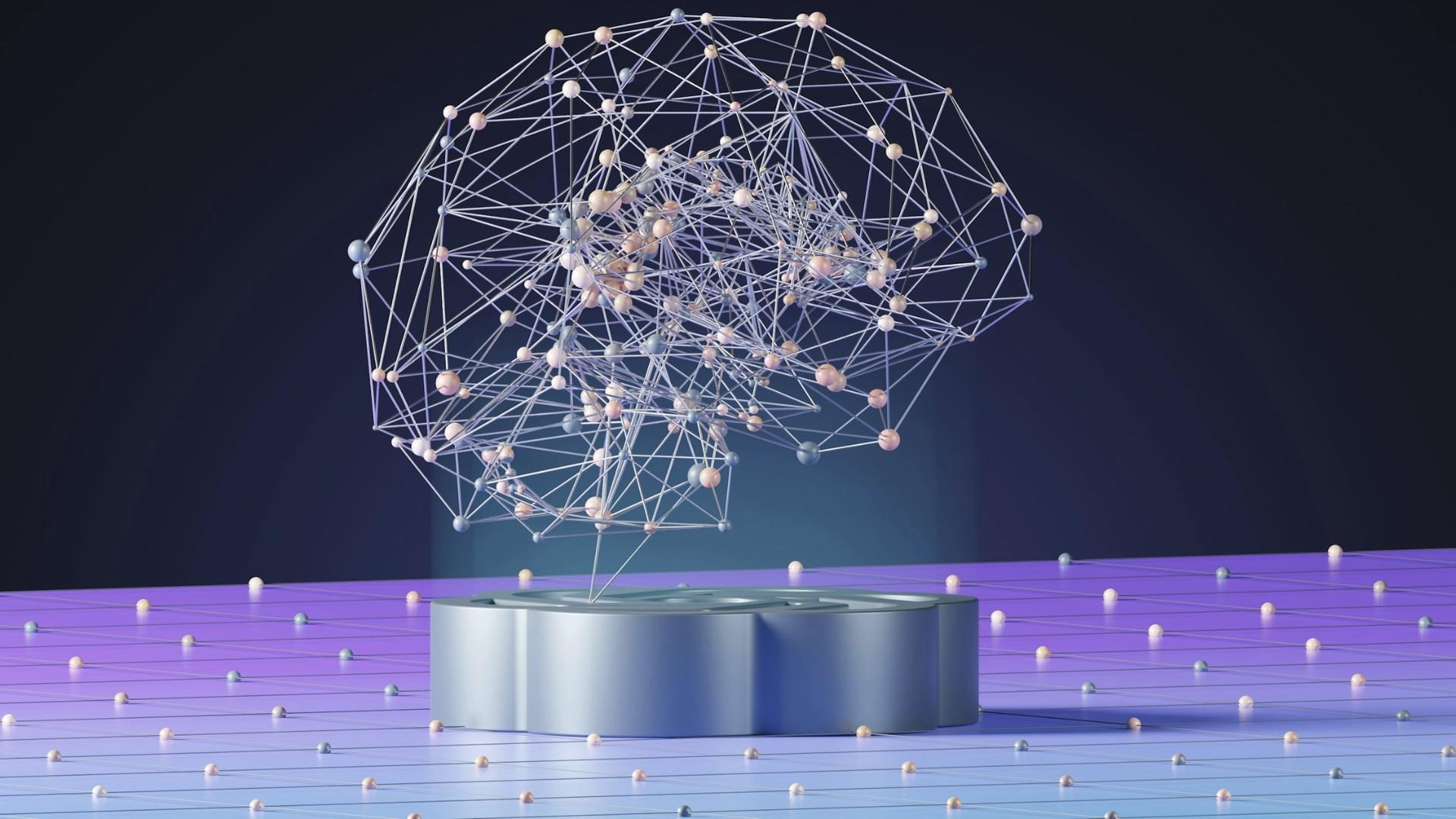
Risk assessment and fraud detection can be enhanced with its usage in the financial sector.
A UK-based firm has launched the world’s first quantum large language model (QLLM). Developed by SECQAI, the QLLM is claimed to be capable of shaping the future of AI.
The company integrated quantum computing into traditional AI models to improve efficiency and problem-solving.
According to a report, the development involved creating an in-house quantum simulator with gradient-based learning and a quantum attention mechanism.

The Hubble Space Telescope’s ability to capture such detailed images of SN 2022AAJN represents a milestone in astronomical exploration. With its unprecedented image quality, Hubble provides astronomers with the means to explore cosmic events in greater depth and detail. This capability marks the start of a new era in astronomical science, where advanced imaging combines with cutting-edge data analysis tools, like machine learning, to accelerate discoveries and deepening our understanding of cosmic events such as supernovae and dark energy.
For further exploration and updates in astronomical research, visit the following resource: NASA. Here, you can find more in-depth insights, latest news, and upcoming events related to astronomical advancements.

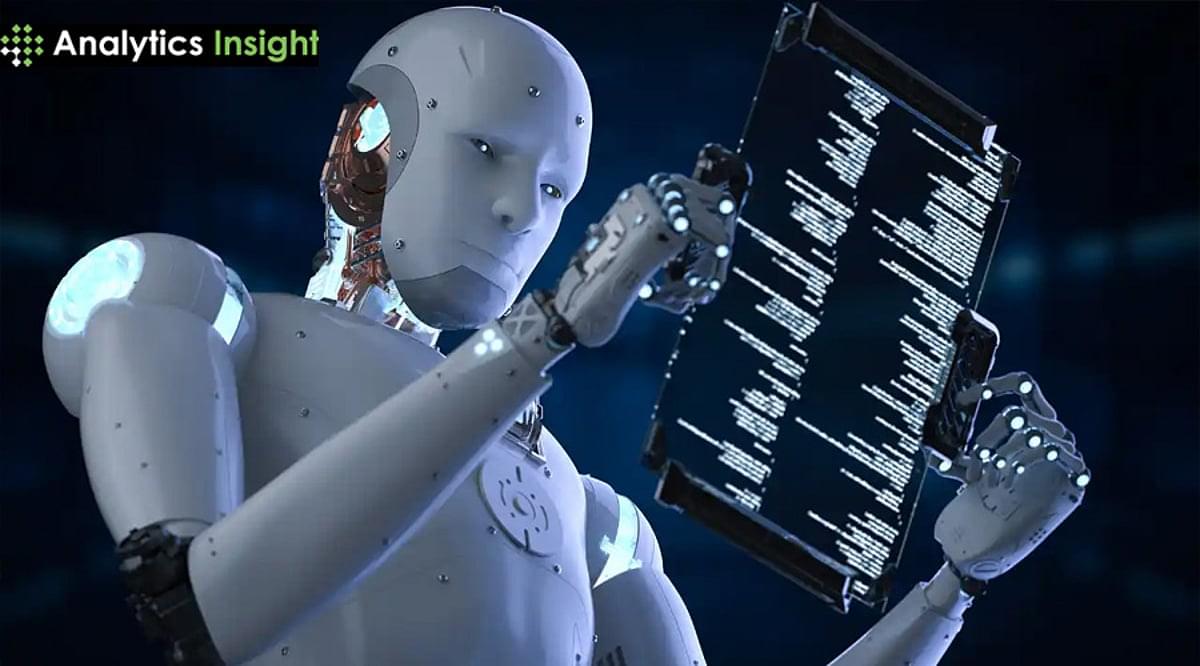
The quest to halt or reverse aging has long captivated human imagination. By 2032, could artificial intelligence (AI) make this aspiration a reality? Futurist Ray Kurzweil, renowned for his forward-thinking predictions, believes so. He envisions a future where AI plays a pivotal role in achieving “longevity escape velocity,” a state where life expectancy increases more than one year per year, effectively outpacing aging.
